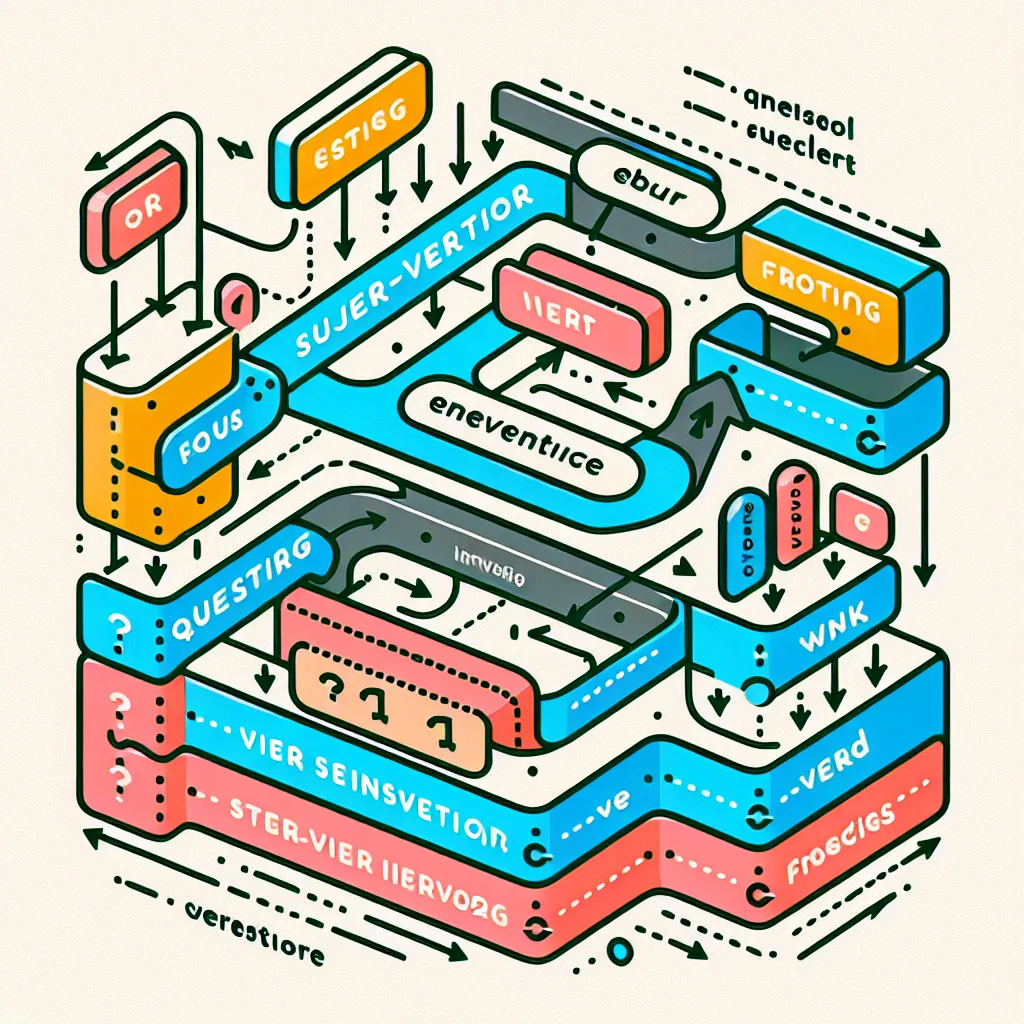Subject-verb inversion with question word fronting is a sophisticated grammatical structure that can significantly enhance your IELTS score when used correctly. This technique involves placing the question word at the beginning of a sentence, followed by the verb before the subject. It’s a common feature in formal writing and speaking, making it particularly valuable for the IELTS exam.
Nội dung bài viết
- Understanding Subject-Verb Inversion with Question Word Fronting
- Grammatical Formula and Analysis
- Application in IELTS Sections
- IELTS Reading
- IELTS Listening
- IELTS Speaking
- IELTS Writing
- Advanced Usage and Scoring High in IELTS
- Complex Questions
- Negative Questions
- Tag Questions
- Common Mistakes to Avoid
- Conclusion
Let’s explore this structure with some examples:
- “Where do you live?” becomes “Where do you live?”
- “How often does she practice?” transforms to “How often does she practice?”
- “What time did the meeting start?” changes to “What time did the meeting start?”
- “Why has he not arrived yet?” becomes “Why has he not arrived yet?”
- “When will the results be announced?” turns into “When will the results be announced?”
In each of these examples, the question word (where, how often, what time, why, when) is followed immediately by the auxiliary verb (do, does, did, has, will) before the subject. This structure is essential for forming direct questions in English and is frequently tested in the IELTS exam.
Understanding Subject-Verb Inversion with Question Word Fronting
Subject-verb inversion with question word fronting is a crucial aspect of English grammar that appears regularly in IELTS reading passages and listening scripts. It’s also a structure that candidates should master for the speaking and writing sections to demonstrate advanced language proficiency.
Grammatical Formula and Analysis
The basic formula for this structure is:
Question Word + Auxiliary Verb + Subject + Main Verb + (Rest of the sentence)
Let’s break down this formula with an example:
“Where did you go last weekend?”
- Question Word: Where
- Auxiliary Verb: did
- Subject: you
- Main Verb: go
- Rest of the sentence: last weekend
This inversion is crucial for forming direct questions in English. It’s important to note that the auxiliary verb changes based on the tense and subject of the sentence.

Application in IELTS Sections
IELTS Reading
In the reading section, you may encounter passages that use this structure in reported speech or rhetorical questions. For example:
“Scientists have long pondered: How did life begin on Earth?”
Here, the inverted structure is used in a rhetorical question within the text. Understanding this can help you quickly identify the main idea or theme of a paragraph.
IELTS Listening
The listening section often includes questions that use this structure. For instance:
“Where does the speaker suggest visiting first?”
Recognizing this structure can help you anticipate the information you need to listen for in the audio.
IELTS Speaking
Using this structure in your responses can demonstrate a high level of grammatical control. For example:
Examiner: “Tell me about your hometown.”
Candidate: “My hometown is quite interesting. Where shall I begin? Perhaps with its history…”
IELTS Writing
In Task 2 essays, you can use this structure to pose rhetorical questions that engage the reader:
“How can we address the growing issue of urban pollution? What measures should governments take to mitigate this problem?”
Advanced Usage and Scoring High in IELTS
To score high in IELTS, it’s not enough to simply use this structure; you must use it accurately and appropriately. Here’s how you can elevate your usage:
Complex Questions
Combine the inversion with other advanced structures:
- “To what extent do you believe that technology has improved our quality of life?”
- “In what ways might climate change affect global food production in the coming decades?”
These complex questions demonstrate a sophisticated command of English grammar, which is crucial for achieving a band 7 or higher in IELTS.
Negative Questions
Incorporate negatives for emphasis or to express surprise:
- “Why haven’t you finished the project yet?”
- “How come you didn’t mention this earlier?”
Negative questions can add nuance to your speaking and writing, showing a deeper understanding of English usage.
Tag Questions
Use inverted structures in tag questions:
- “The economy is improving, isn’t it?”
- “You’ve been to Paris, haven’t you?”
Tag questions can make your speech more natural and conversational, which is valuable in the speaking test.
Common Mistakes to Avoid
-
Forgetting to invert: “Where you did go?” (Incorrect)
Correct: “Where did you go?” -
Double auxiliaries: “What does does she like?” (Incorrect)
Correct: “What does she like?” -
Inverting with non-question words: “I know where is the library.” (Incorrect)
Correct: “I know where the library is.” -
Using inversion in indirect questions: “Can you tell me where are you from?” (Incorrect)
Correct: “Can you tell me where you are from?” -
Incorrect auxiliary choice: “How does you spell that?” (Incorrect)
Correct: “How do you spell that?”
Conclusion
Mastering subject-verb inversion with question word fronting is a powerful way to enhance your IELTS performance. Practice using this structure in various contexts, from simple direct questions to complex rhetorical ones. Remember to use it appropriately in both speaking and writing tasks, and be mindful of common errors. With consistent practice, you’ll find that this structure becomes second nature, helping you to achieve the high IELTS score you’re aiming for.
To further improve, try creating your own questions using different question words and tenses. Analyze news articles and academic texts to see how this structure is used in formal contexts. The more you expose yourself to and practice with this structure, the more natural and sophisticated your English will become, setting you up for success in the IELTS exam.